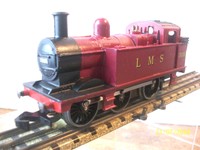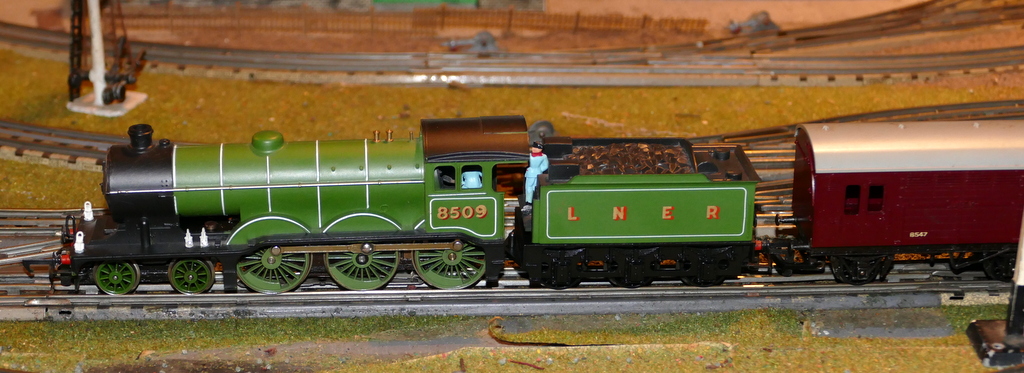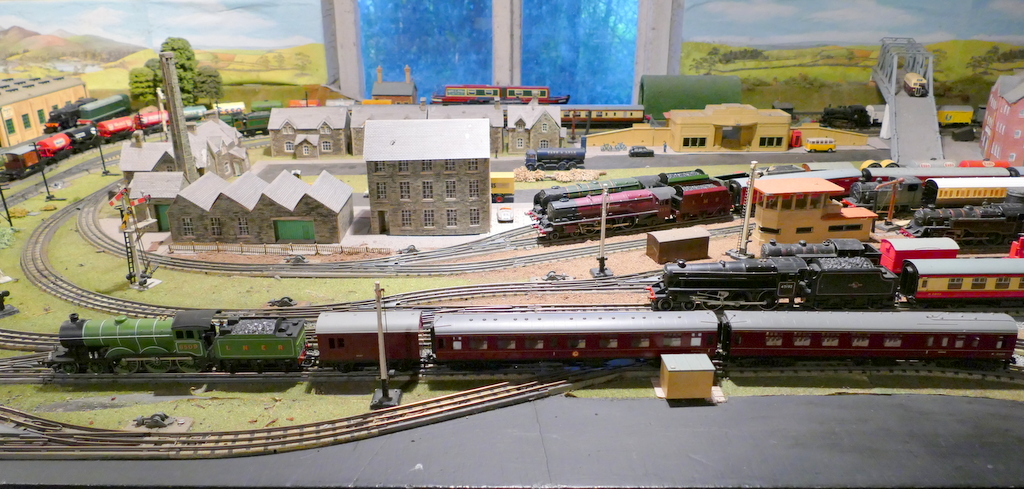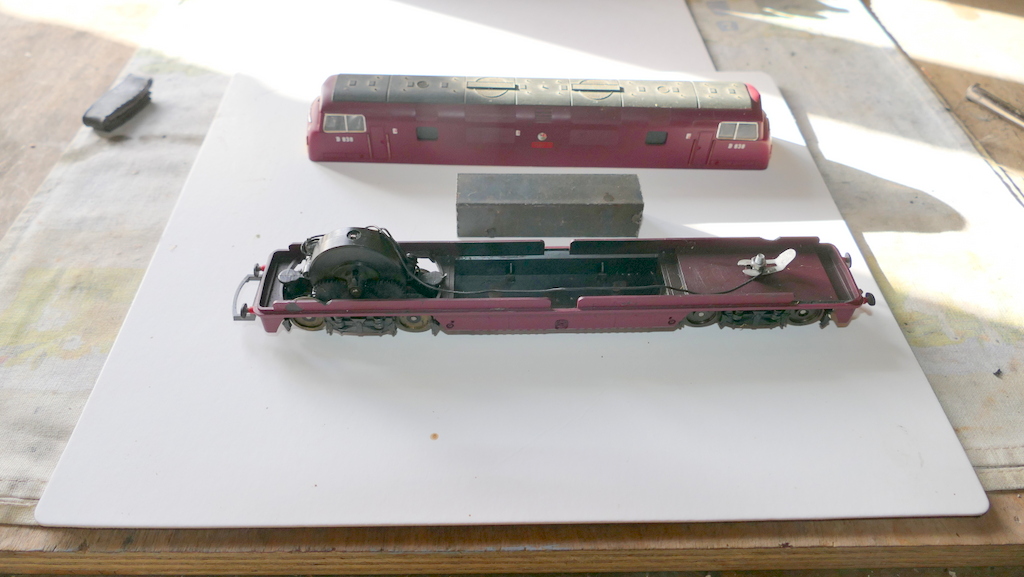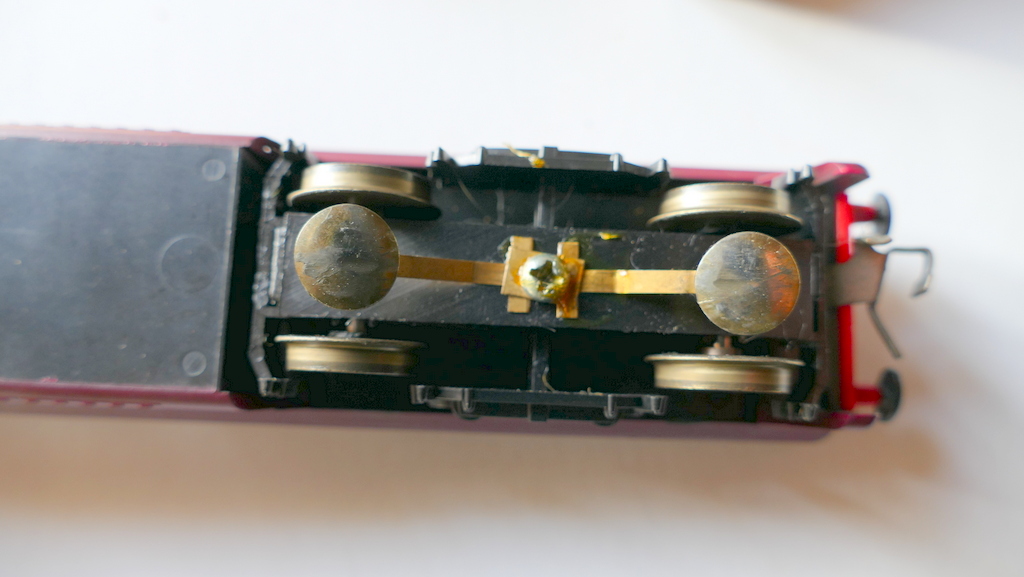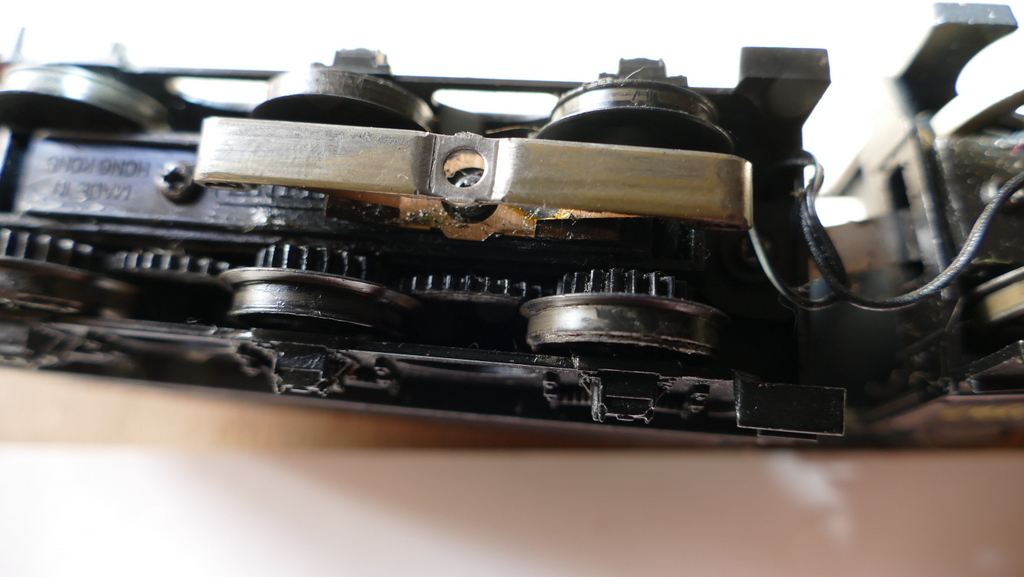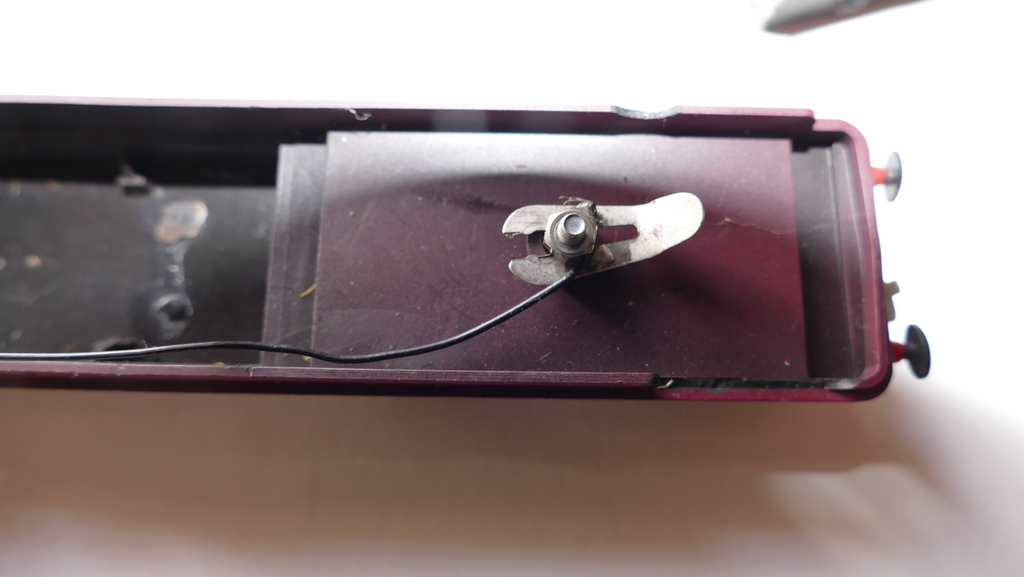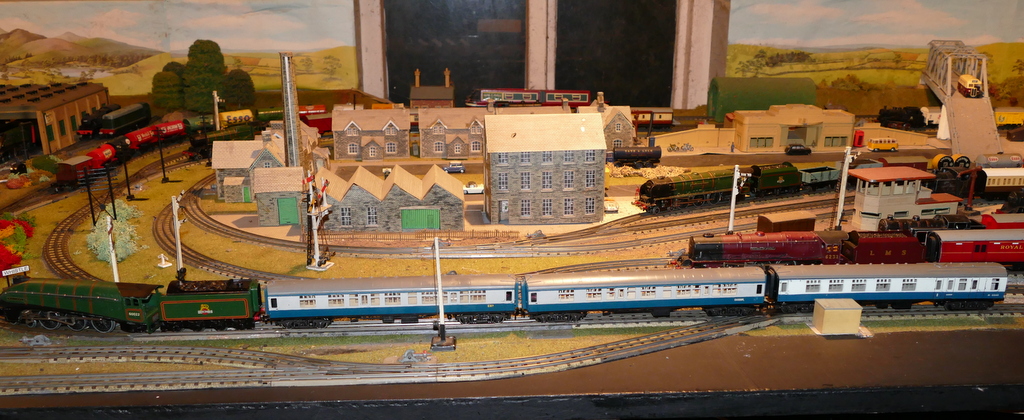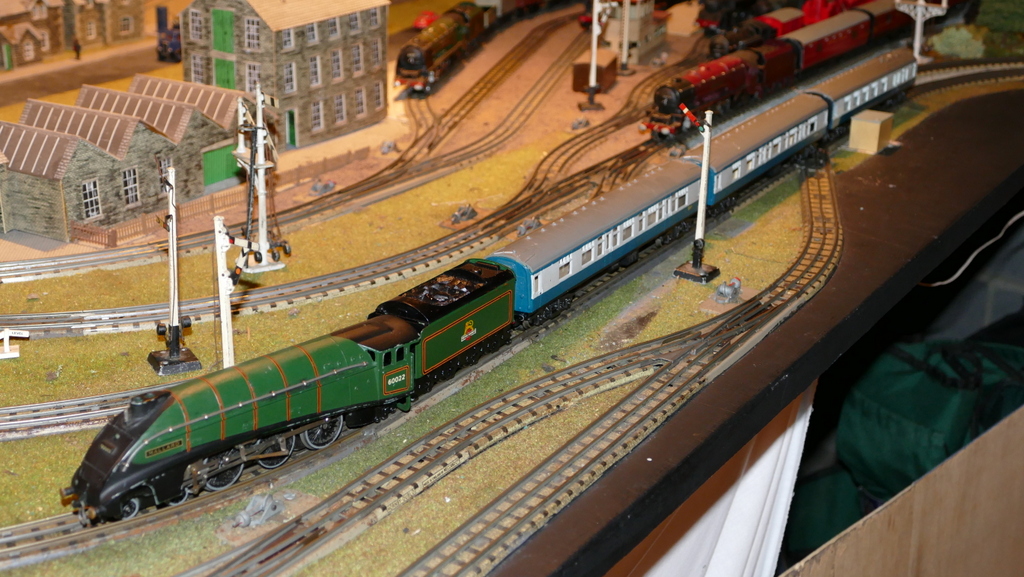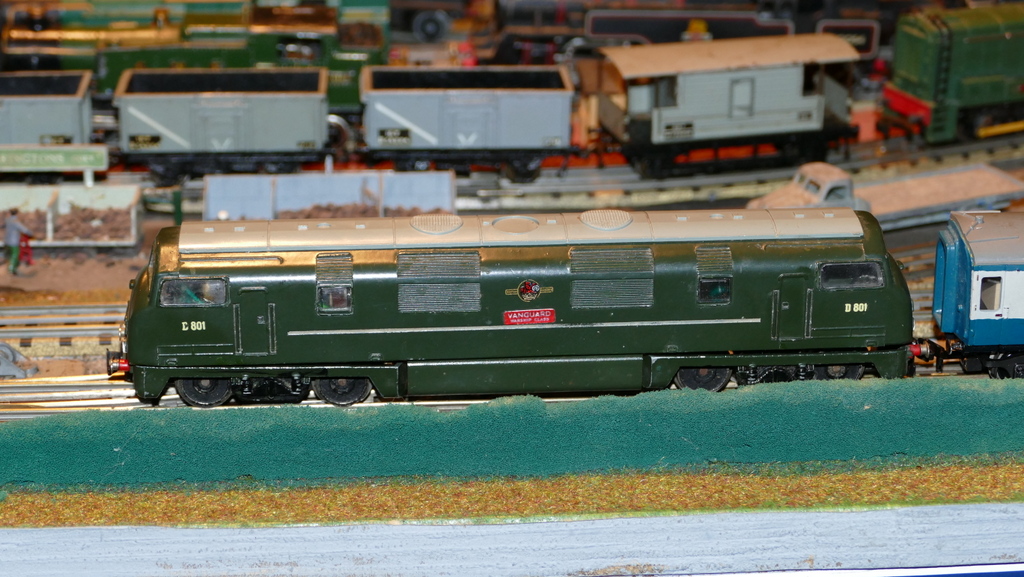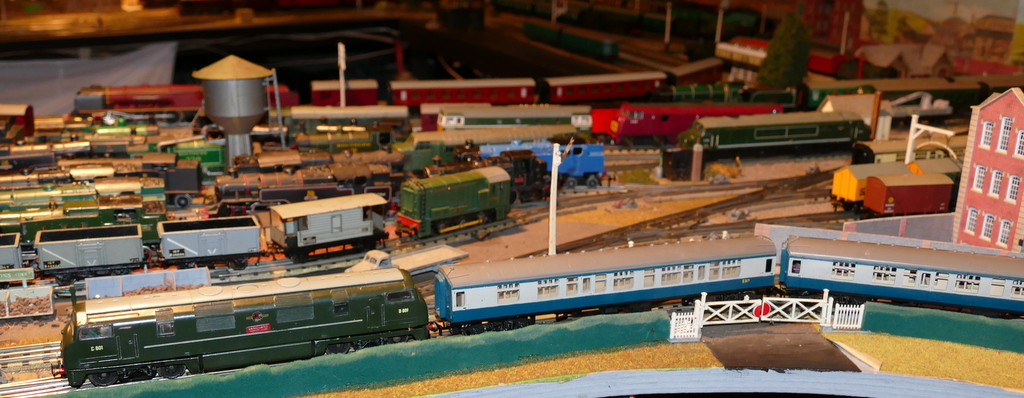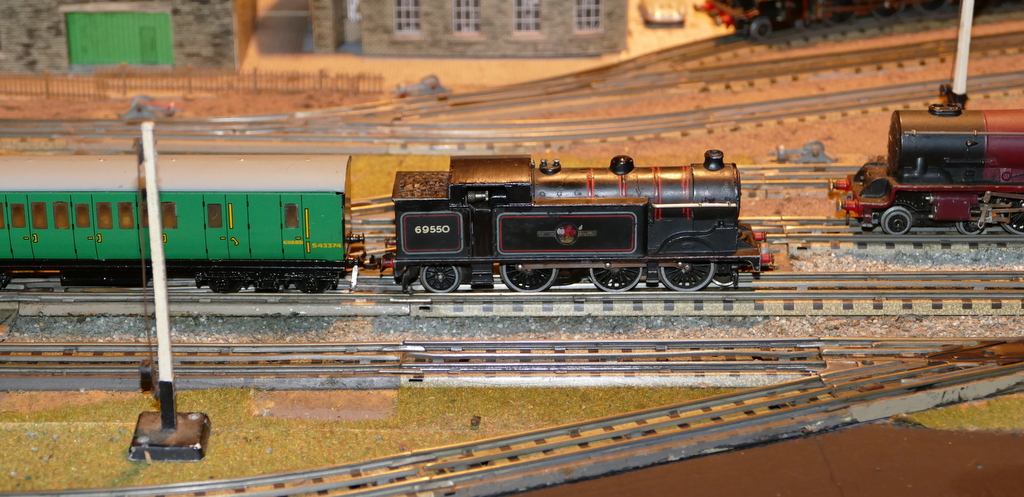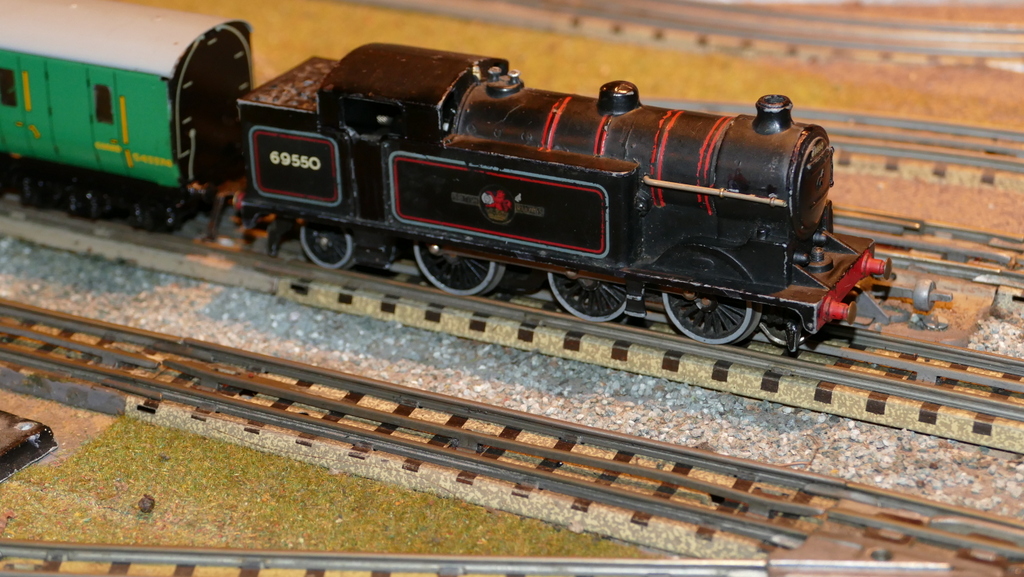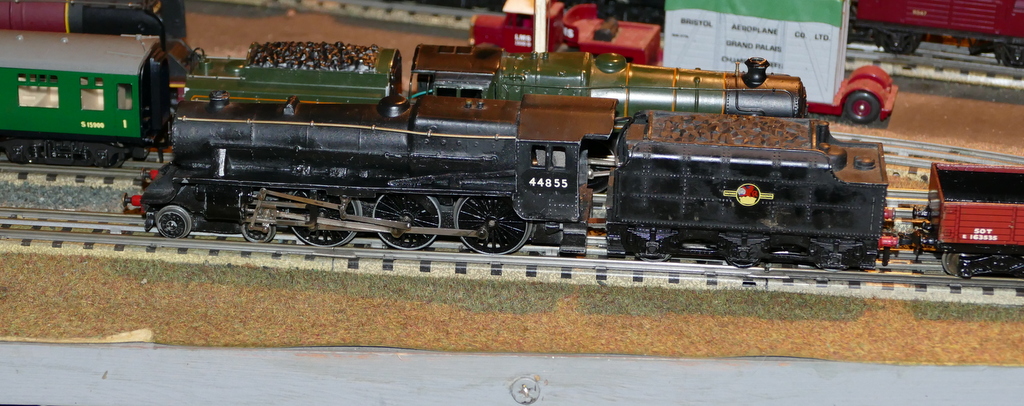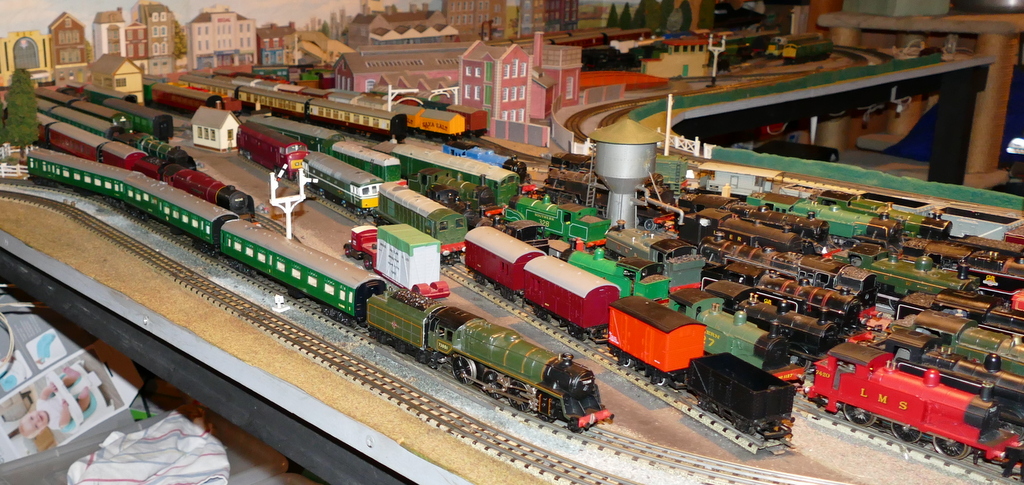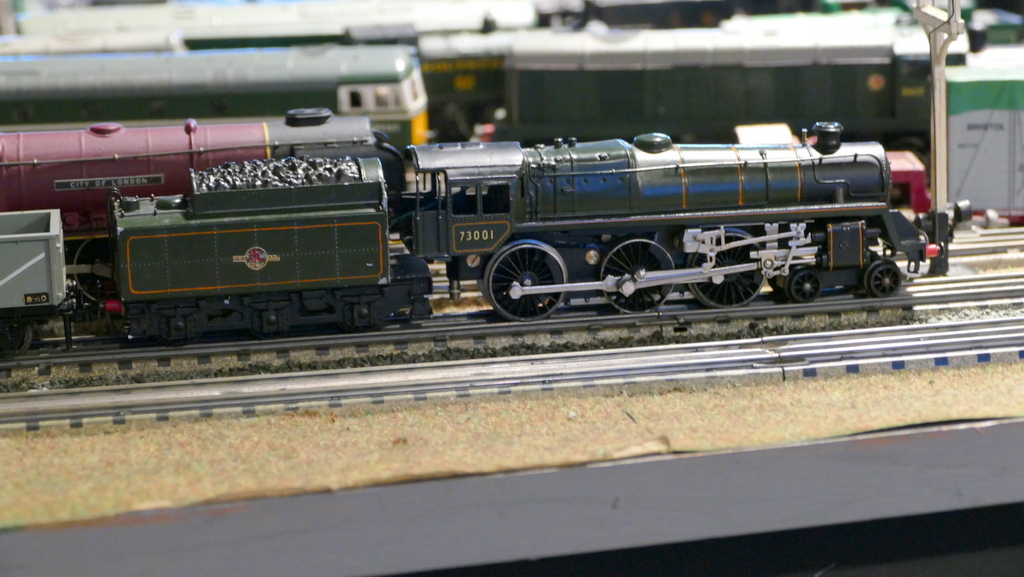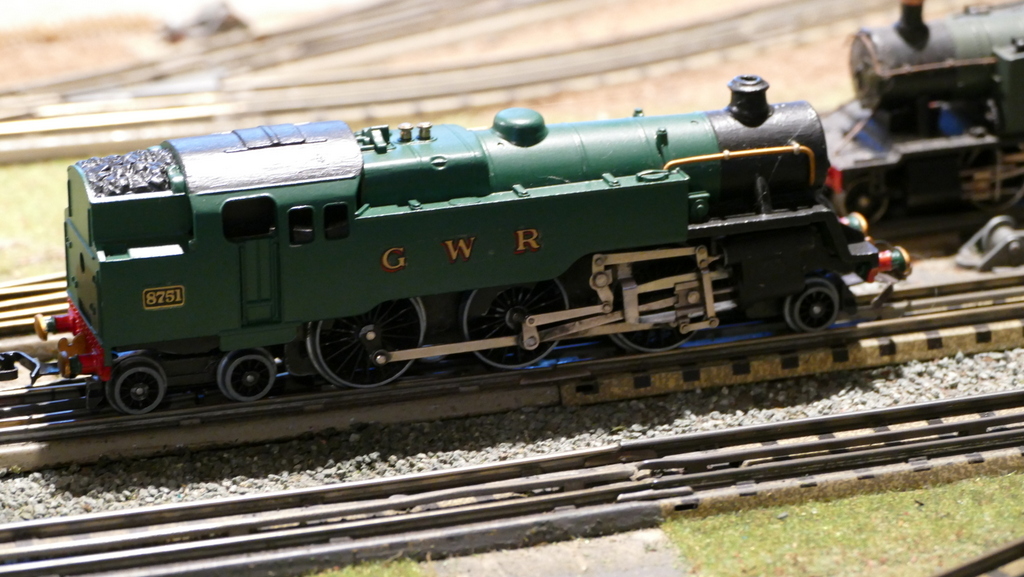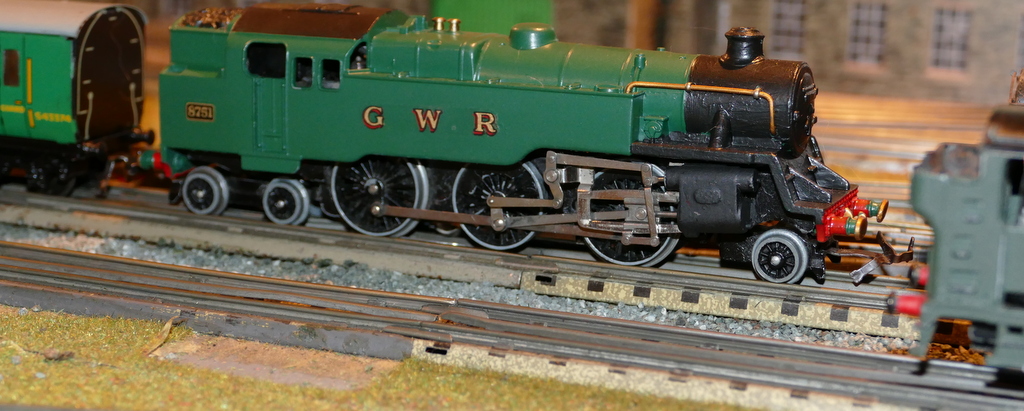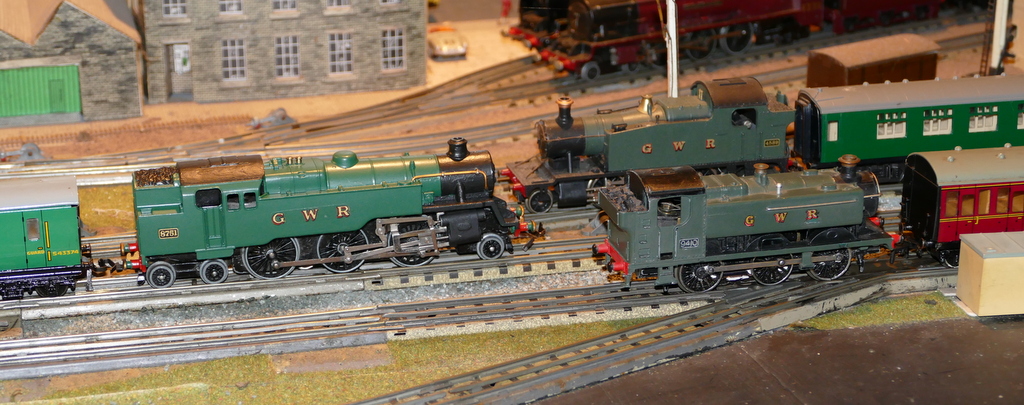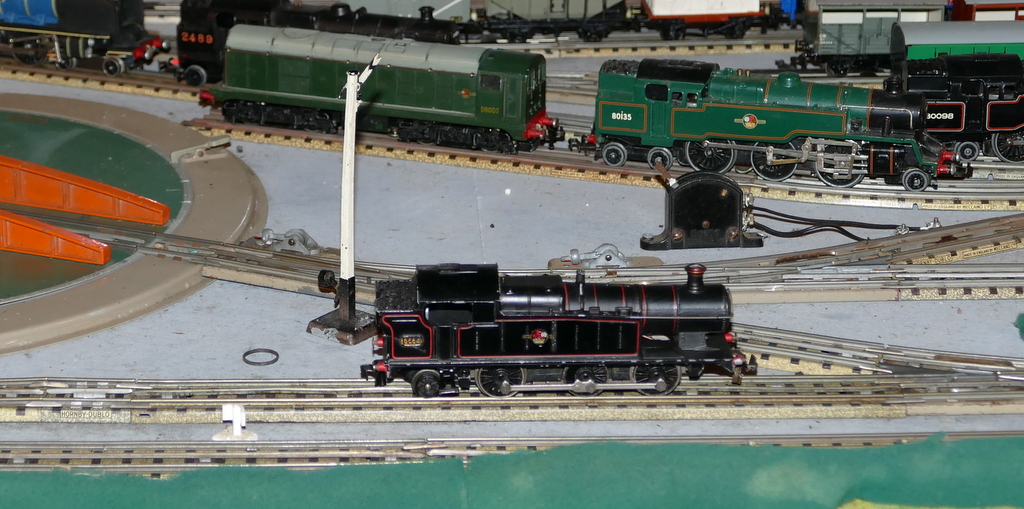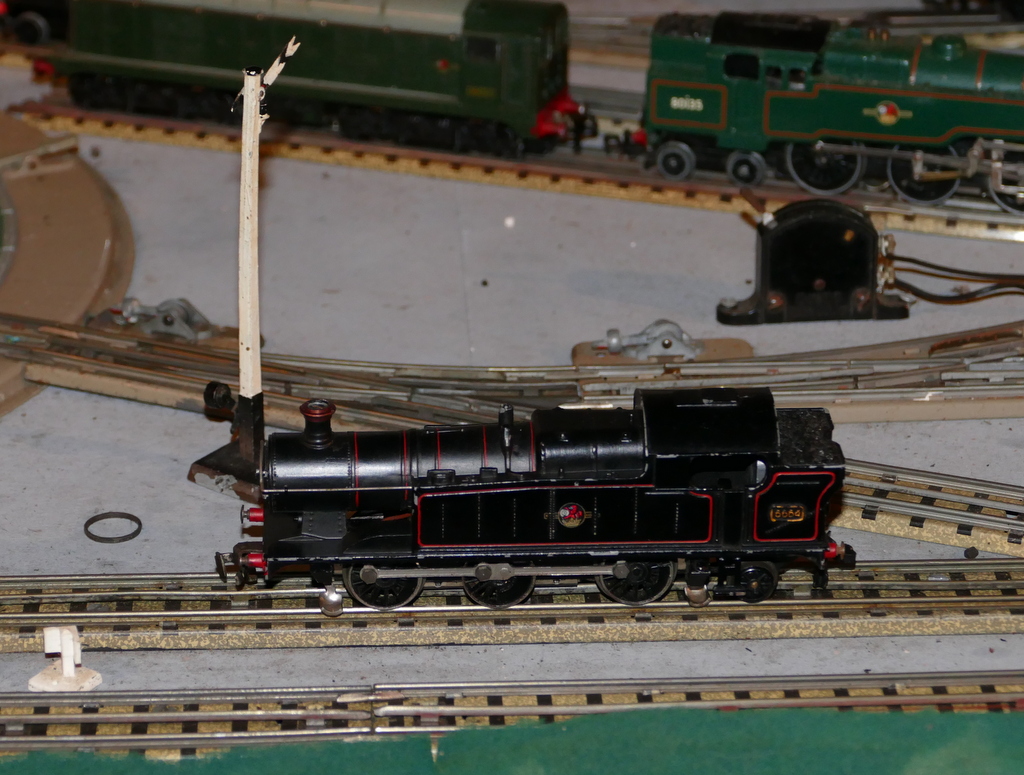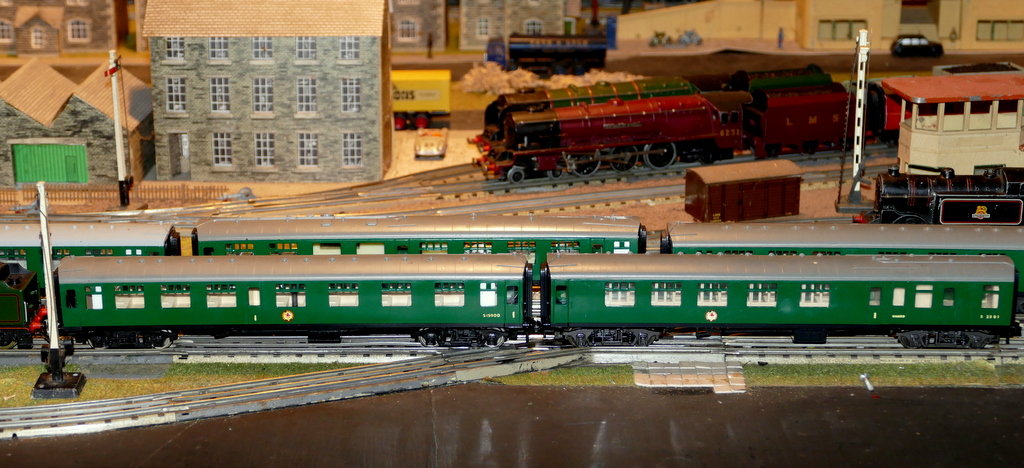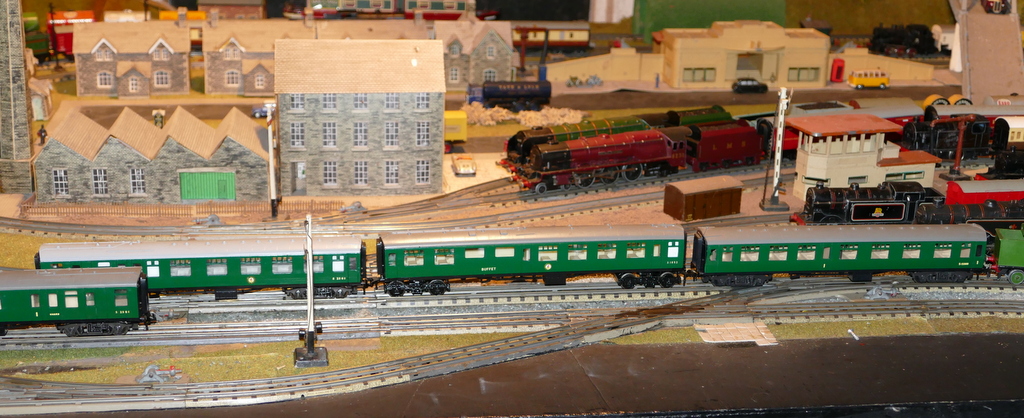Readers of the Railway Modeller may recall an article in the April 2016 issue on hidden health benefits of railway modelling. This discussed coping with stress, through being involved in a pastime where you have total control because you make the rules, and helping to prevent dementia. As a result of a friend of a friend I have been invited to present some notes on the latter aspect which may be of interest to tinplate tinkerers who are also followers of Tony’s fascinating website.
To set the scene, I am a long term average railway modeller currently dabbling in 4mm 00 DCC with a 7mm project based on Col Stephens railways currently on hold in the loft. I am a past secretary of a model railway club and part of the all-volunteer team which puts of the National Model Railway Exhibition at the NEC in the autumn. I am also very aware that, although new blood is discovering the fascination of model railways, we are, to put it crudely, an aging hobby. Also, I must declare that I have no medical training and my analysis arguing that railway modelling can help prevent dementia is based purely on observation and analysis, with a little bit of help from a great jazz guitarist!
In the past, talking about the viability of our pastime, often brought sad news of departed colleagues. Although cancers, heart problems etc. featured, I became aware increasingly that dementia did not. In 2015, I proposed that ‘they’ investigate why modellers appeared to avoid the disease. Failing to get any useful response, I have been pressing on. in the margins of the 2015 NEC Show, I interviewed representatives of 20 UK model railway clubs, a combined membership of some 1,100 modellers and an average age around 65. According to the experts, my sample should have produced 40 or more cases of dementia. However, I logged just 4 (and then only ‘possible’) cases.
As to how and why? Key common factors I observed were that railway modelling involved a variety of handicraft skills: painting, soldering, operating etc., and concentration. The ‘why’ came from the teaching of “Django” Reinhardt. He demanded that his guitar students practice and practice to move the dexterity needed to play from the neocortex part of the brain (in my thinking, the brain’s front office) to the limbic system, the brain’s back office. A bit like learning how to tie shoelaces! Being an occasional pastime, the lack of continuity plus the variety of skills, means that when railway modelling, we must concentrate to avoid mistakes whenever we fettle or operate a point lever so that controlling our dexterity remained in the ‘front office’, the neocortex. To my simple mind, if brain cells are unused, they risk decay or atrophy, and atrophy of the neocortex is more commonly known as Alzheimer’s disease. Therefore, much of the dexterity and concentration involved in railway modelling and operating continues to exercise the neocortex and it was this that was preventing dementia.
Another factor in the NEC research (which I had missed initially) was that all the ‘subjects’ were active members of model railway clubs. Being part of a group means concentrating to listen and read body language etc. As with dexterity, much of this interaction, especially when only carried out occasionally, i.e. at weekly meetings, should continue to stimulate the neocortex brain cells as well as reinforcing involvement in the hobby.
Independently, although not based on isolating a dementia resisting social group, an American Mayo Clinic Study of a sample of 256 people ages 85 to 89 published in 2015 also concluded that those who participated in arts and crafts and who socialized in later years may delay the thinking and memory problems that often lead to the dementia.
One of the key elements of railway modelling as a dementia preventing lifestyle is dexterity requiring concentration. So in addition to fiddly point levers and careful use of the controllers to avoid disasters, I was very pleased to note the many articles on Tony’s web site related to fettling scenarios, such as converting stock from 2 rail to 3 rail as well as all the activities needed to build a layout, e.g. base board carpentry, scenic backgrounds etc.
Now this is where I have to tread carefully with readers who are seriously into Frank Hornby’s wonderful world of 3 rail tinplate Hornby Dublo. And, I will admit to owning a 3 rail Sir Nigel Gresley and some tinplate track sections! The potential minefield is the issue of renovation and restoration, including touch-up painting, of vintage tinplate models! On one hand, this could be excellent for dementia preventing concentrated dexterity. However, for those who see this as sacrilege (which I respect) can I please ask you to enjoy operating, building the layouts etc. Furthermore, if you are more a collector rather than a modeller, could I encourage you to explore or make more of other areas which combine dexterity and concentration, remembering that we are trying to exercise the ‘front office’, the neocortex. So, playing a musical instrument? Out – that’s the limbic system being exercised. Texting grandchildren? Ditto! Bad news for those who can touch type but good news for those who like me can only type with two fingers while staring at the key board! Good news if using clippers and other dangerous tools while gardening or wielding knives while following new recipes using a raft of hand skills in the kitchen. One simple test to confirm that concentration is present and essential when using your hands is that you can’t have a conversation at the same time the task you are engaged in safely and without any mistakes?
To return to those readers who are predominantly collectors, a railway related area which is crying out for volunteers is the heritage railway sector. This occasional pastime ticks the box for requiring mainly vintage pre-computer hand skills as well as engaging in a social group or team. Furthermore, this is the next sector/social group where I am hoping to collect some hard numbers to back up my assertion that this pastime is also good for dementia prevention. Alternatively, get more involved with a local model railway club and build stock or scenery for the club layouts.
When outlining the above, the response is often ‘makes sense – why aren’t ‘they’ taking it up? Good question; pragmatic answer. Currently dementia research and its funding is dominated by pharmaceutical companies and the care home sector. Neither sector is interested in reducing potential future revenue. Even ‘prevention’ is concentrating on finding a drug for an immunisation strategy. The other barrier is that new research will only be considered where research is already underway! Support, especially funding support, requires academic supervisors to sponsor the new work and related papers already published in journals which will in turn cite the new work. My proposals based on individuals avoiding the disease did not fit with existing research which concentrates on those with the disease.
Meanwhile, I will continue to nibble away at communities, organizations, opportunities as they arise, to encourage pastimes which involve dexterity, concentration and, ideally, social groups, to try and reverse the dark dementia clouds being forecast by the main stream of dementia research.
David Powell
